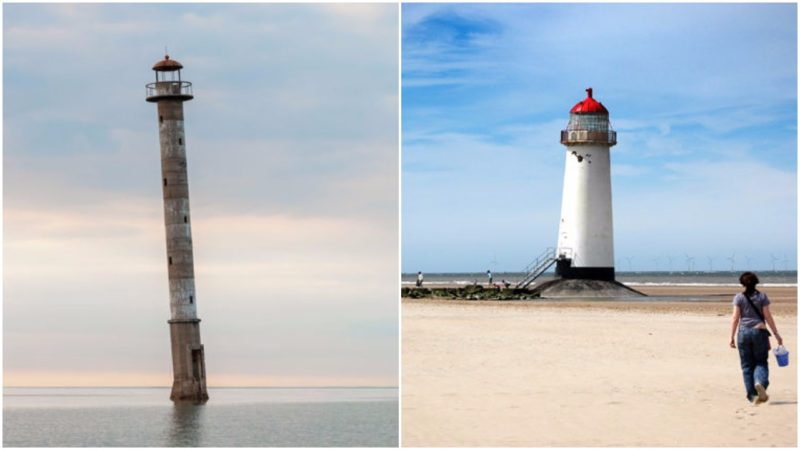Since the rapid growth of transatlantic commerce at the turn of the 18th century, the lighthouse represented a guardian for all sailors, mariners, fishermen, and people lost at sea. It was the final beacon of light showing the way home.
The advances in structural engineering and the new lighting equipment available lead to the construction of the modern lighthouse. Placed on reefs, deadly coastlines, and risky shoals, they were a vital navigational aid providing safe entry to harbors, and later even gave an assistance in aerial navigation.
However, today, lighthouses are considered a thing of the past. There are only a handful of operational lighthouses remaining. Harbors now use electronic navigational systems and considering the expense of their maintenance, most lighthouses have been shut down.
Still, that doesn’t mean that they shouldn’t at least be preserved as pieces of heritage. Here are some notable lighthouses that should be remembered.
1. Tillamook Rock Light, Oregon
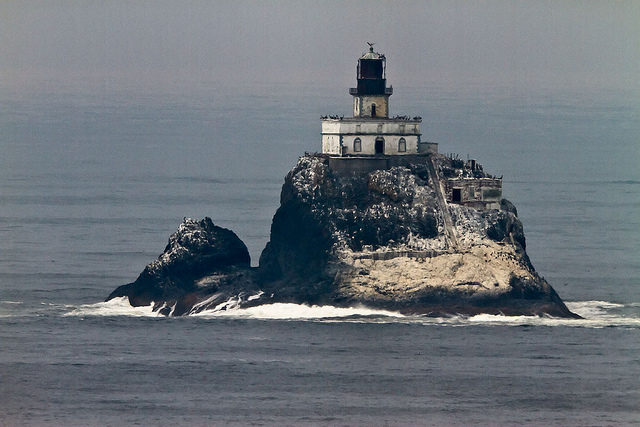
Situated just over a mile from the Oregon coast on an acre of basalt rock in the Pacific Ocean, the Tillamook Rock Light lighthouse was first lit on January 21, 1881. At the time, it was the most expensive lighthouse on the West Coast. The New York Times once called it “Terrible Tillie”, a nickname that has stuck to this day.
Over the years, because of the volatile weather conditions, storms and enormous waves greatly damaged the lighthouse and eroded the rock, endangering the lives of its keepers. the lighthouse was decommissioned in 1957 and replaced by a whistle buoy.
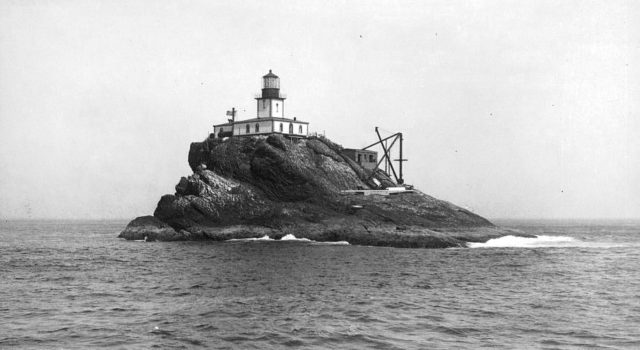
In 1980, the Tillamook Rock Light had a chance to become a columbarium, a house for the cremated remains of the deceased, when it was bought by the Eternity by the Sea Columbarium. However, it was shut down by the state board for not keeping records of employees.
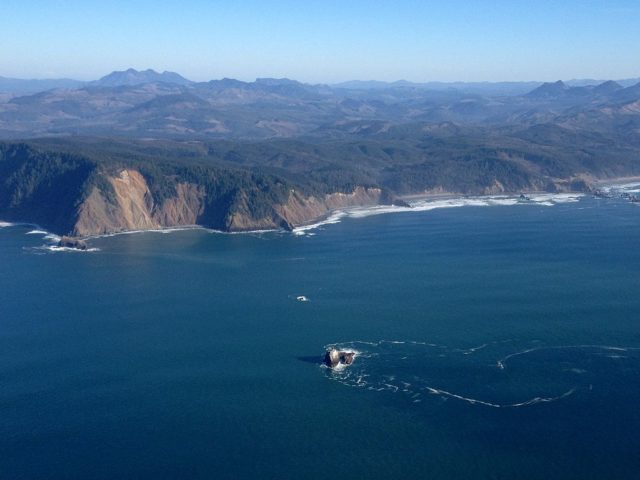
Today, the lighthouse is a part of the Oregon Islands National Wildlife Refuge and listed in the National Register of Historic Places database.
2. Southerness Lighthouse, Scotland
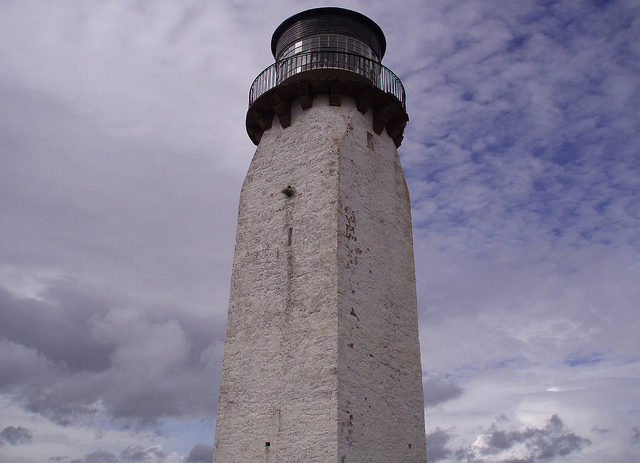
Located in the village of Southerness, in southwestern Scotland, it was the second lighthouse in Scotland. It was commissioned by the Town Council of Dumfries in 1748 and completed in 1749, but the first light wasn’t shone until 1800.
Made to assist the ships heading to the Nith Estuary through the Solway Firth a safe passage, it served the coastline for over 100 years until it was decommissioned in 1936 due to financial reasons.
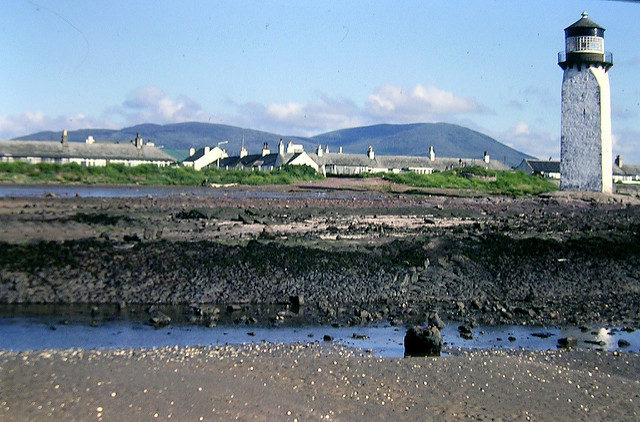
Today the Southerness Lighthouse is valued as an important historic landmark.
3. Rubjerg-Knude Lighthouse, Denmark
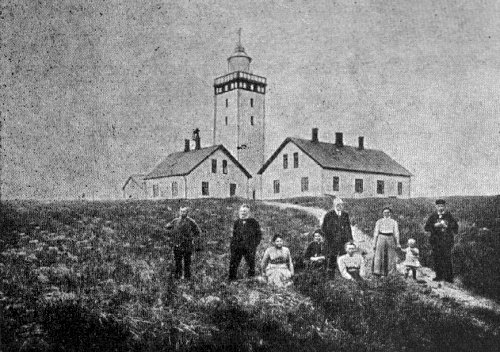
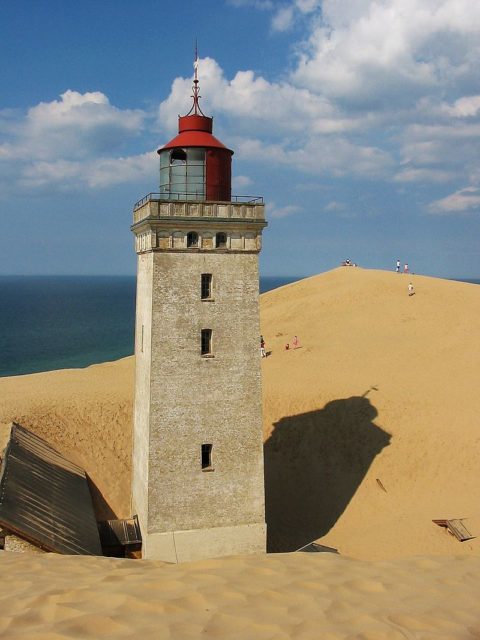
The construction of the Rubjerg Knude Lighthouse began in 1899. It is positioned on the coast of the North Sea in Rubjerg on top of the Lonstrup Klint, 60 meters (200 ft) above sea level in the Jutland municipality of Hjorring in northern Denmark.
It was first lit on December 27, 1900, and until 1908 it ran on gas produced by gasworks at the site. However, the strong winds in the area caused the sand to shift dramatically over the years; the coast erodes approximately 1.5 meters (4.9 feet) per year.
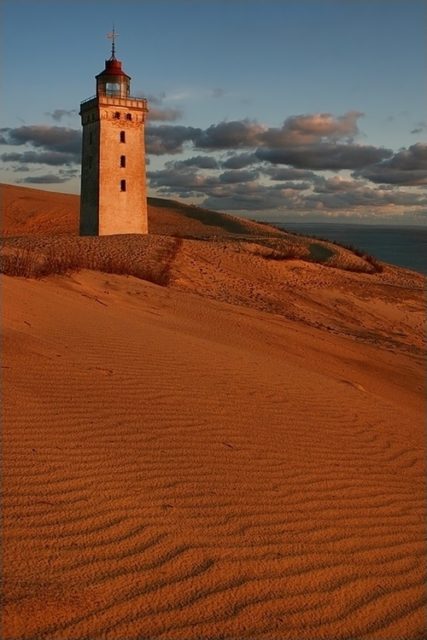
The lighthouse was decommissioned on August 1st, 1968 and is predicted to eventually fall into the sea.
4. Talacre Point of Ayr Lighthouse, Wales
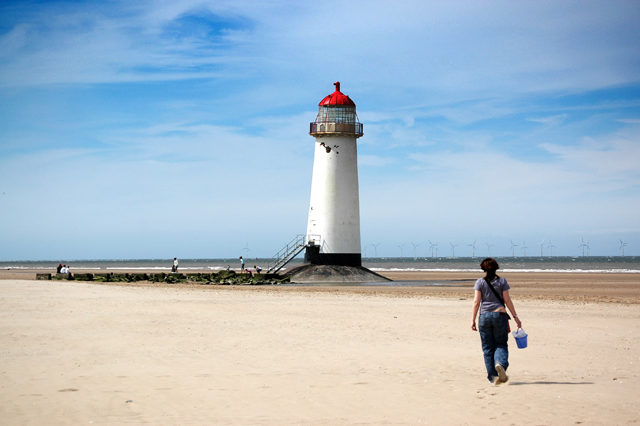
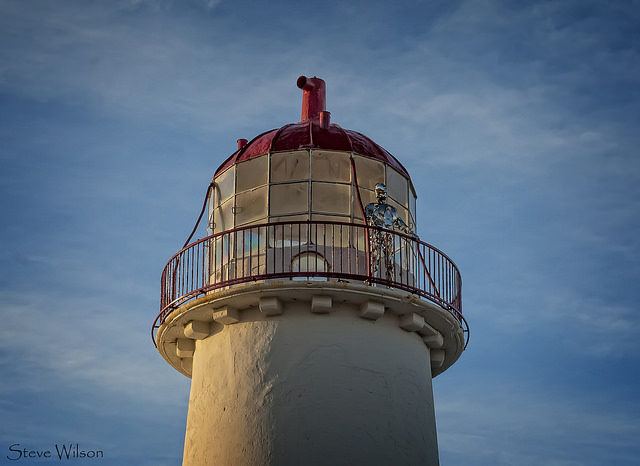
Built in 1776 with the purpose of warning ships entering between the Dee and the Mersey Estuary to stay away from the nearby sandbanks, the Point of Ayr Lighthouse is one of the earliest “lantern” lighthouses in Wales according to the Royal Commission on the Ancient and Historical Monuments of Wales.
Located at Talacre Beach in Wales, the lighthouse is around 60ft tall and initially had two lights: one pointed toward the ships at sea while the other lit the River Dee.
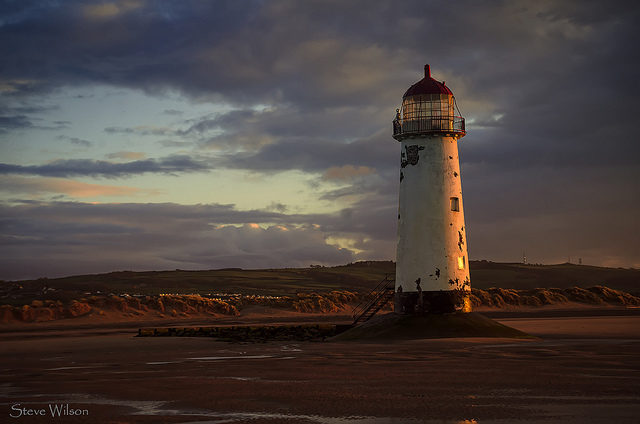
After serving the sea for just over 100 years, the Point of Ayr Lighthouse was decommissioned sometime between 1883 and 1884, and today is a popular landmark for visitors.
It was owned by James McAllister until November 2011, when it was listed on the property market and eventually sold to a private couple in April 2012 for £90,000, who continue to own the property.
5. Lighthouse in Klein Curaçao, Curaçao
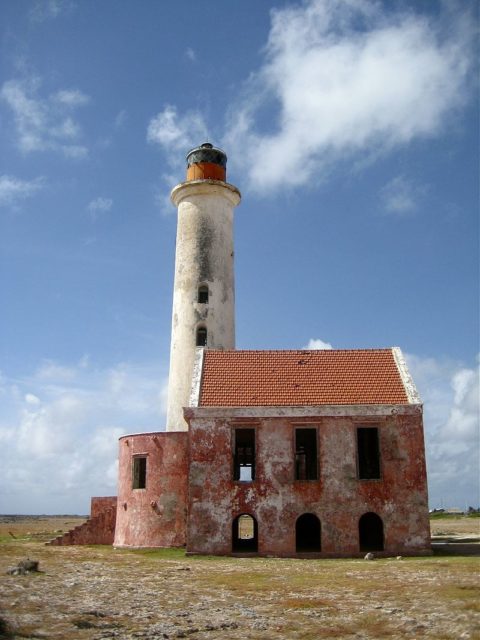
The Klein Curaçao Lighthouse is located on the uninhabited island of Klein Curaçao, southeast of the Dutch country in the Caribbean Sea. It is one of the last remaining structures on the island, together with a beach house and several huts. Today the island is a popular destination for snorkelers and divers.
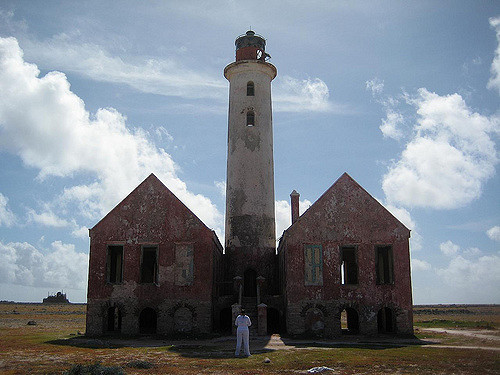
The Klein Curaçao Lighthouse is the main attraction on the island. Built in 1879 as a replacement for the island’s original lighthouse, which was destroyed by a hurricane, and rebuilt again in 1913, now the lighthouse is the only building still standing on the island.
According to KleinCuracao.info, the lighthouse was reactivated in 2008 with a solar-powered LED beacon light, but it is unclear if it still functions.
6. Sabine Pass Lighthouse – Louisiana, USA
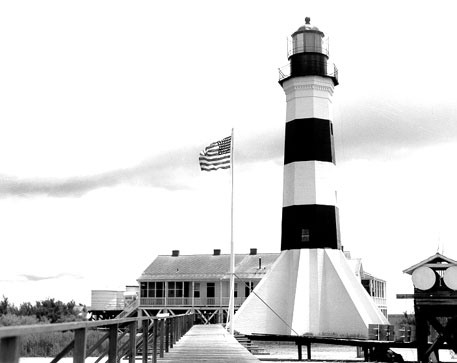
The Sabine Pass Lighthouse is a historic lighthouse located in Cameron, Louisiana. From the time it began operating in 1857 until its decommission in 1952 by the coast guard, it survived the American Civil War and numerous hurricanes. It still stands strong till this day and patiently awaits its long-overdue restoration.
7. Kiipsaare Lighthouse, Estonia
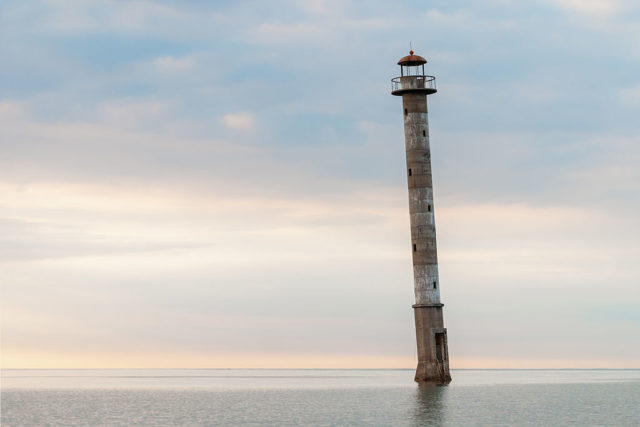
The Kiipsaare Lighthouse is located on the tip of Harilaid Peninsula in Saaremaa, Estonia, in the territory of Vilsandi National Park. It was built from reinforced concrete in 1933 as a guide for the Baltic Sea mariners to stay in the vicinity of the peninsula.
At the time, the lighthouse was positioned 100 to 150 meters (330 to 490 ft) from the coast, but over time, due to erosion and changes in the shorelines, it now stands in the water. A lack of supporting ground has caused the lighthouse to list to the side, earning it the nickname ‘Pisa Tower of Saaremaa’.
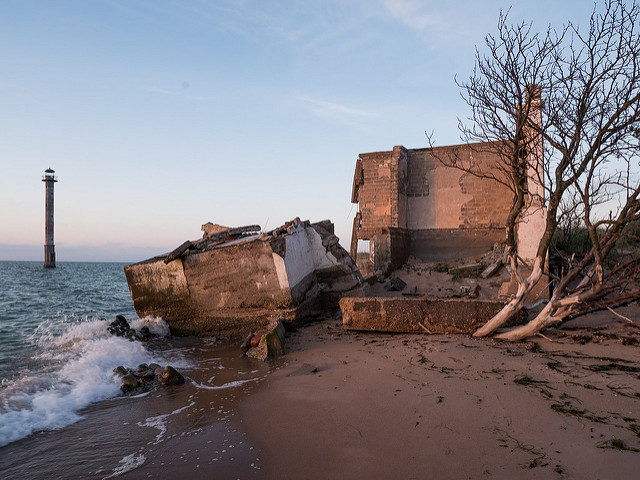
By the early 1990s, the sea level had reached the lighthouse and because of this, in 1992, the generator was removed and the lighthouse functioned as a daymark until 2009.
